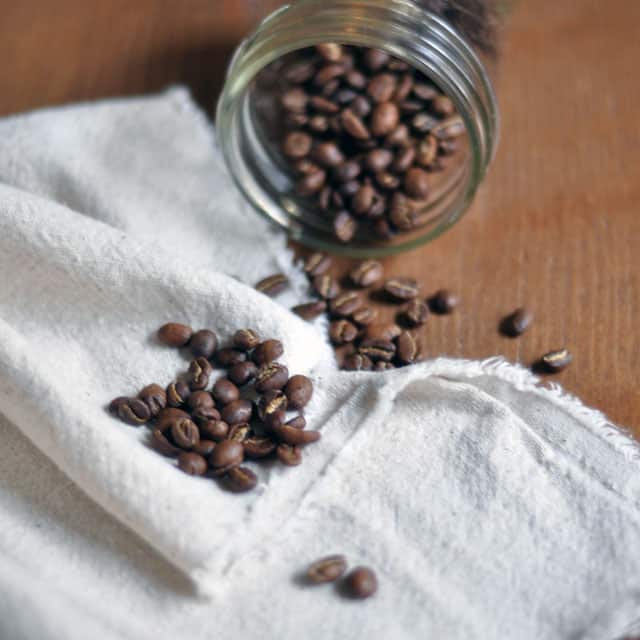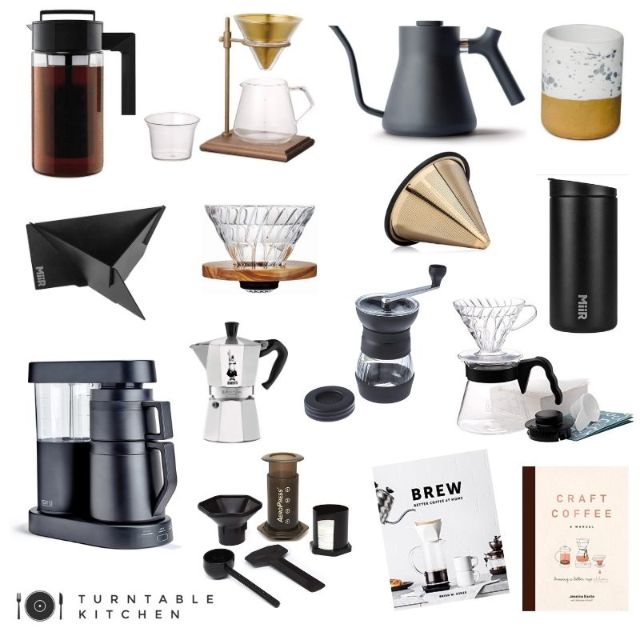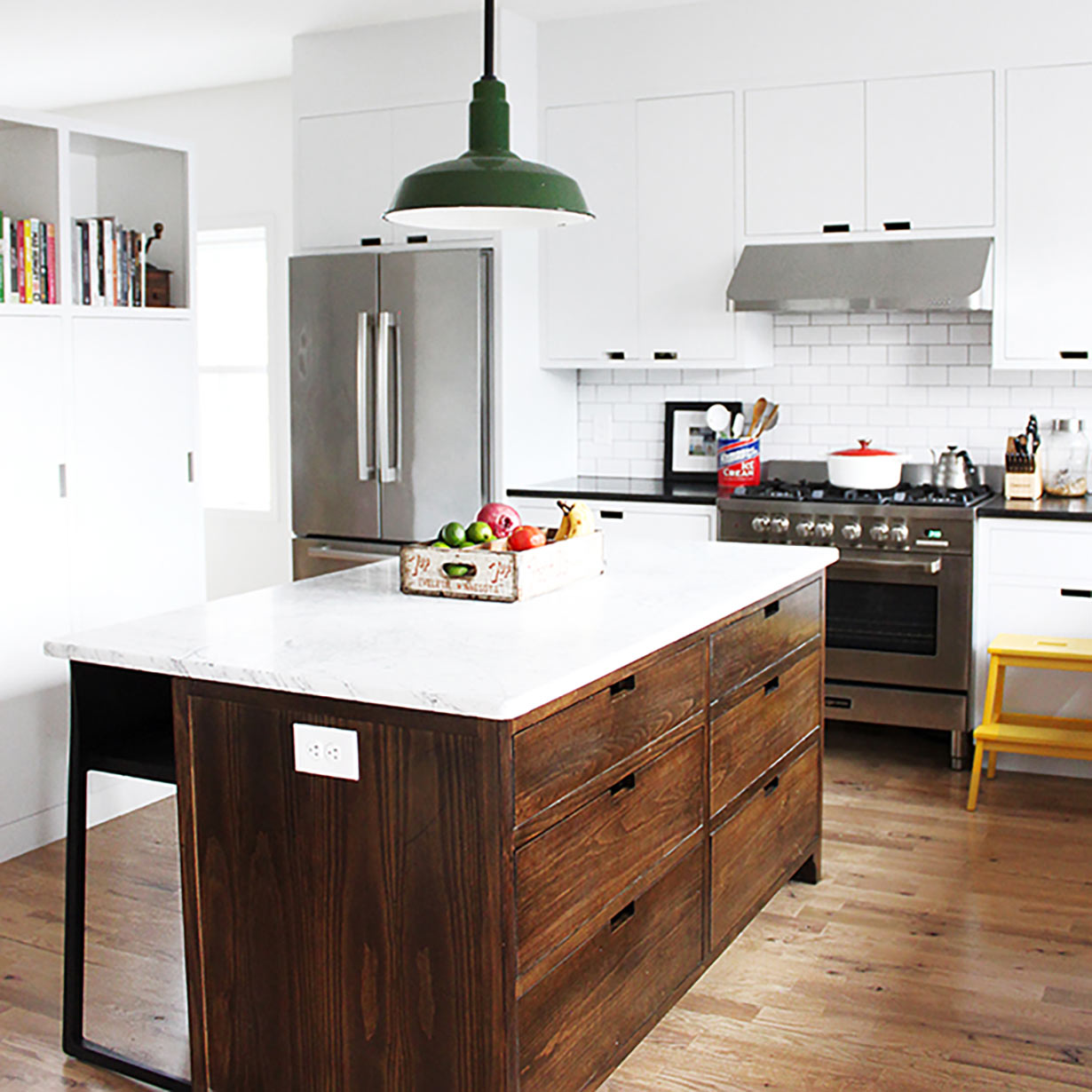
A good pour over can change the way you think about coffee. At least we found that to be true the first time we tried manually brewed pour over coffee. Hand crafted coffee provides you with the ability to control every variable in the brewing process (i.e. dose, grind size, water temperature, pour speed, bloom time, etc). As a result, the result of a good pour over or immersion coffee can amount to that perfect brew that highlights all of the nuance and unique characteristics of the specific beans you’ve selected. We learned that, much like a fine wine, coffee can offer a rich complexity to the palette.
Of course, if you want to know how to brew the perfect cup of coffee at home, you’ll also want to know what the best pour over coffee maker is, as well as what the best coffee brewing method is.
The answer, unsurprisingly, is somewhat subjective. Nonetheless, there is some consensus as to the most popular methods and tools. Below we’ve listed out six of our favorite candidates for the title of best pour over coffee maker (alongside a few of the most popular immersion coffee makers).
Meanwhile, if you’re looking for where you can buy the best craft coffee, you can read our selections for the best coffee subscription services (including our own Coffee & Vinyl Pairings).
Hario Woodneck Pot with Flannel Filter
We’ll start with our favorite. We’ve tested dozens and dozens of coffee makers (both manual and automatic) and we’ve yet to find a coffee maker that can consistently produce a rich, bold, clean coffee the way the Hario Woodneck Pot with Flannel Filter can. When brewing a single cup of coffee, it is our pick for the best pour over coffee maker.
Although the glass decanter is particularly attractive, the true advantage of the Hario Woodneck Pot comes from the flannel filter. The cloth filter eliminates the papery taste that is hard to fully eliminate when using many other pour over coffee methods while also allowing the oils in the coffee to pass through cleanly without introducing much sediment.
Of course, the downside of the Hario Woodneck Pot with Flannel Filter is also the cloth filter. With proper care the filter can be used repeatedly for months at a time without needing to be replaced. However, they will eventually need to be replaced. The cleaning process for the cloth filter is also fussier than some of the other makers on our list. For more info on use and cleaning instructions, check out our recipe for making the best pour over coffee with a Hario Woodneck Pot with Flannel Filter. Meanwhile, you can buy one here.
Cone-Shaped Coffee Dripper
At most cafes offering manually brewed coffee, the standard single cup cone-shaped dripper continues to be the most popular method for making pour over coffee. In particular, we’ve found that most cafes use either the Hario V60 ceramic dripper or the Bee House ceramic dripper. Candidly, after significant testing I’ve not noticed a substantial difference between the two (although I’ve met many people who swear by the Hario V60 in particular), but find both to be excellent ceramic pour over coffee makers.
These ubiquitous manual coffee drippers give you all of the control you need over the variables involved in brewing your coffee with a design that’s intended to facilitate the process. For example, both offer ridges along the interior of the coffee dripper that raise the filter off the walls of the cone to allow for better extraction. They’re also reasonably priced, easy to clean, and will help you brew great pour over coffee at home.
The Hario V60 is available in a host of different colors as is the Bee House ceramic dripper and either one can serve as an excellent option for a beginner experimenting with pour over coffee. If you’re looking to perfect your technique, check out our post for how to make the best pour over coffee with a ceramic dripper.
Chemex
Although we really enjoy pour over coffee brewed using the methods above, the Chemex remains the go to coffee maker in our house. Why? Because it’s easy to produce excellent tasting pour over coffee in quantities large enough to serve multiple people. In our opinion, both of the above options are best suited for pouring individual cups.
Not only that, the Chemex is as good looking as it is practical. Like the above mentioned tools, you can still control every aspect of your brew while preparing coffee for yourself and several guests at Sunday brunch (for example). That’s why we think it’s still one of the best coffee makers on the market.
Go ahead and buy a Chemex coffee maker for your kitchen. Meanwhile, if you need tips, check out our instructions for how to make the best coffee in a Chemex.
French Press
As you probably already know, the classic and ubiquitous French Press isn’t a pour over coffee maker. It’s an immersion brewing method. Unlike the pour over method, with immersion brewing the coffee stays in contact with the water for the entire brewing cycle. The benefits are that the mesh metal filter of a french press allows the oils to pass through to the coffee creating a very full bodied cup. For individuals who prefer a rich and full-bodied cup, the french press may be the best coffee brewing method.
We still like the classic Bodum French Press which you can buy here. Here are our tips for how to brew the best cup of coffee with a french press.
Aeropress
Despite everything we’ve said above, the Aeropress still gets a lot of play time and love in our home. Why? Because it’s both easy to use and unfussy. Not only that, clean up is a breeze. Oh, and unlike a glass decanter or ceramic dripper, it’s made of BPA-free plastic which makes it ideally suited for traveling. More importantly, of course, is the fact that it produces a beautiful, full-bodied (almost syrupy) cup of coffee.
The Aeropress itself is built from a pair of cylindrical tubes with a plunger attached to one end of the inner tube. It’s commonly used in the same way you’d use a french press.
You begin by inserting the plunger just inside the bottom of the larger tube and placing the Aeropress upside down. The coffee and hot water are added and the coffee is allowed to brew inside the water for a short period of time (about 1-2 minutes) before the filter is placed on top. It comes with a funnel attachment that fits around the rim of the Aeropress. After attaching the funnel, you can place your mug on top of that and flip the entire apparatus (coffee mug and all) upside down before slowly applying pressure (about 30 seconds in total) to drop the plunger and extract the coffee. As noted above, it produces a nicely full-bodied cup with complex flavors. To clean up you simply remove the plastic filter and push the grinds all the way through with the plunger. The remaining grinds typically drop off as a compact little puck.
You can buy an Aeropress from Amazon.
Ibrik/Cezve
Sometimes the best coffee makers are the classics and we’ve certainly found that to be true with the Ibrik (a.k.a. Cezve) which was invented in approximately the 16th century. The Ibrik (which goes by many different names throughout the world) is still the coffee maker of choice for devotees of Turkish, Greek, and Eastern European coffee.
Coffee brewed using an ibrik shares many characteristics in common with espresso in that it’s often deep, earthy and syrup-like in consistency. It’s good any time, but we particularly like to use one of our ibriks as a dessert drink following a good meal.
Many cultures have their own method for brewing coffee in an ibrik, but for more information you can read our post for how to brew coffee in an ibrik. There are many options for good purchasing good ibriks, but we particularly like this one made from hammered copper with a thick wood handle.



